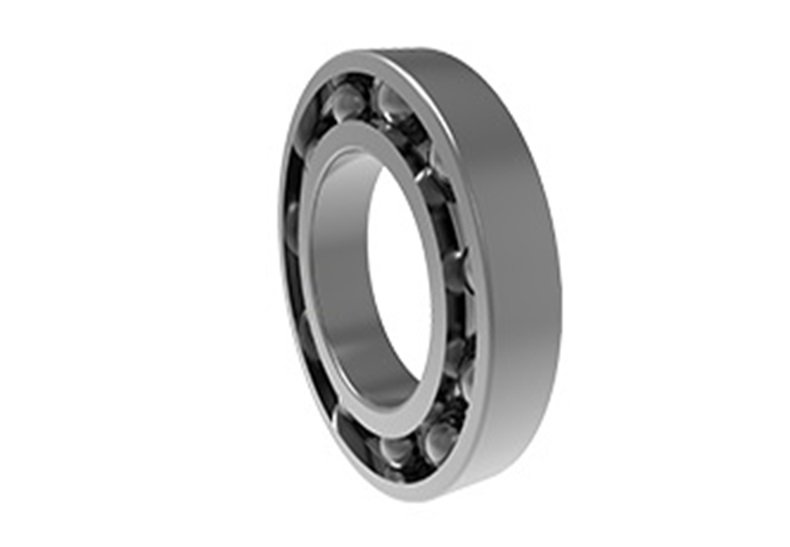Selection of Cross Roller Ring Bearings
The selection of cross roller ring bearings is a systematic and challenging task that not only concerns the short-term operational efficiency of the equipment but also affects its long-term stability and service life. This article will teach you how to choose cross roller ring bearings.
Clarify the Load Requirements of the Equipment
First of all, you need to clarify the types and magnitudes of loads that the equipment will bear during operation. Cross roller ring bearings can simultaneously bear radial loads, axial loads, and moment loads, but different models of bearings vary in load-carrying capacity. For example, for equipment that needs to withstand larger radial loads, you can choose a model with strong radial load capacity; for equipment with larger axial loads, priority should be given to axial load capacity.
Additionally, you need to calculate the specific load values based on the actual working conditions of the equipment to ensure that the selected bearing's rated load can meet the long-term stable operation requirements of the equipment.
Consider the Working Environment Conditions
The working environment of cross roller ring bearings has a significant impact on their performance and lifespan. If the equipment is in a high-temperature environment, such as metallurgical equipment or high-temperature furnaces, you need to choose bearings made of high-temperature resistant materials, such as high-temperature steel or ceramic materials, to prevent deformation or annealing of the bearings under high temperature, which can affect their load-carrying capacity and precision.
Conversely, in low-temperature environments, such as refrigeration equipment or machinery in extremely cold areas, you should choose bearings with good low-temperature performance to ensure they maintain good lubrication and flexibility at low temperatures. Additionally, if the working environment contains pollutants such as moisture, dust, or corrosive gases, it is recommended to choose bearings with excellent sealing performance, such as models with rubber seals or metal sealing covers, to prevent pollutants from entering the bearing interior, causing lubricant degradation or roller wear, thereby shortening the bearing's service life.
Determine Speed and Precision Requirements
The operating speed and precision requirements of the equipment are also important factors to consider when selecting bearings. For high-speed operating equipment, such as spindle of precision machine tools or high-speed motors, you need to choose cross roller ring bearings with good dynamic performance. These bearings usually have a lower friction coefficient and higher maximum speed, which can effectively reduce heat generation and vibration during operation, thereby improving the operational efficiency and machining precision of the equipment. At the same time, precision requirements vary by equipment.
For example, in fields such as aerospace and precision instruments, the rotational precision and dimensional accuracy of bearings are critical, and high-precision grade cross roller ring bearings such as P4 or P2 grade should be chosen. These high-precision bearings can ensure that the equipment maintains a high degree of stability and repeat positioning accuracy during operation, meeting the strict requirements of high-end equipment.
Choose Appropriate Size and Structure
Selecting the appropriate bearing size and structure according to the installation space of the equipment and the layout of rotating parts is crucial. Cross roller ring bearings come in various size specifications, and you need to determine the appropriate inner diameter, outer diameter, and width based on the shaft diameter and installation space of the equipment. Structurally, cross roller ring bearings mainly come in inner ring split, outer ring split, and integral types. If the equipment's rotating part needs the inner ring to rotate while the outer ring is fixed, an outer ring split type bearing can be chosen, as this structure facilitates installation and disassembly while ensuring the rotational precision of the inner ring.
Conversely, if the outer ring needs to rotate while the inner ring is fixed, an inner ring split type bearing should be chosen. For equipment with high rotational precision requirements for both inner and outer rings, such as high-precision turntables, integral cross roller ring bearings are an excellent choice, providing higher rigidity and rotational precision to ensure the stability of the equipment in complex movements.
Focus on Precision and Clearance
The precision and clearance of the bearing significantly affect its performance. High-precision cross roller ring bearings can provide higher rotational precision and rigidity, suitable for equipment with high precision requirements. The choice of clearance requires consideration of the specific working conditions of the equipment.
Generally, negative clearance can improve bearing rigidity and reduce operational noise, but excessive negative clearance may lead to excessive internal stress in the bearing, reducing its fatigue life. Therefore, during the selection process, it is necessary to reasonably choose the clearance range based on the equipment's load magnitude, speed, and precision requirements to achieve optimal operational results.
Consider Installation Methods and Additional Functions
The installation method of cross roller ring bearings also affects the selection process. Some models have installation holes on the inner and outer rings, allowing direct bolt connection to the equipment, which is simple and quick for occasions requiring rapid installation and disassembly. For bearings without installation holes, installation methods such as bearing housings, clamping flanges, or interference fits are required.
Additionally, some cross roller ring bearings for special applications come with additional functions, such as built-in lubrication systems or temperature sensors. For example, in equipment where external lubrication is difficult, bearings with built-in lubrication systems can effectively solve lubrication problems, extending the bearing's service life; in temperature-sensitive equipment, bearings with temperature sensors can monitor the bearing's operating temperature in real time, ensuring safe operation of the equipment.
In summary, in the actual selection process of cross roller ring bearings, by comprehensively considering factors such as the equipment's load requirements, working environment conditions, speed and precision requirements, size and structural choices, as well as precision and clearance, you can select the appropriate cross roller ring bearings for your equipment. Only in this way can you ensure the selected bearings match the equipment, exhibit excellent performance, and safeguard your equipment, contributing to the smooth progression of your project.















 English
English  français
français  Deutsch
Deutsch  italiano
italiano 


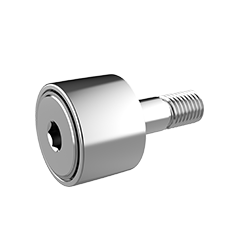
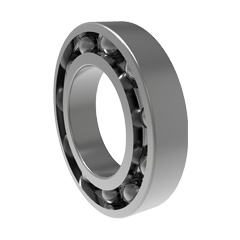

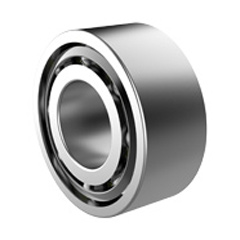
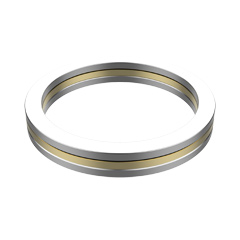


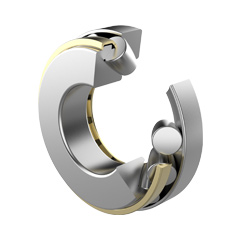
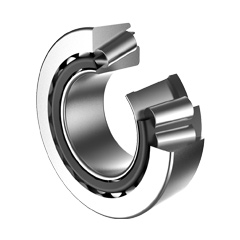
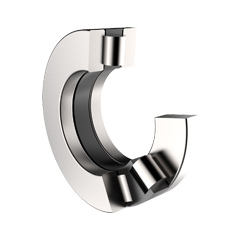
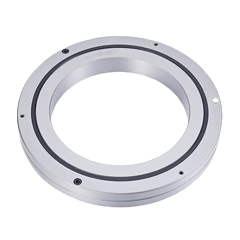
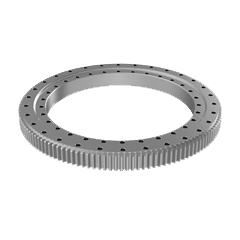

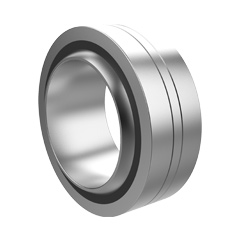

 English
English  français
français  Deutsch
Deutsch  italiano
italiano 


